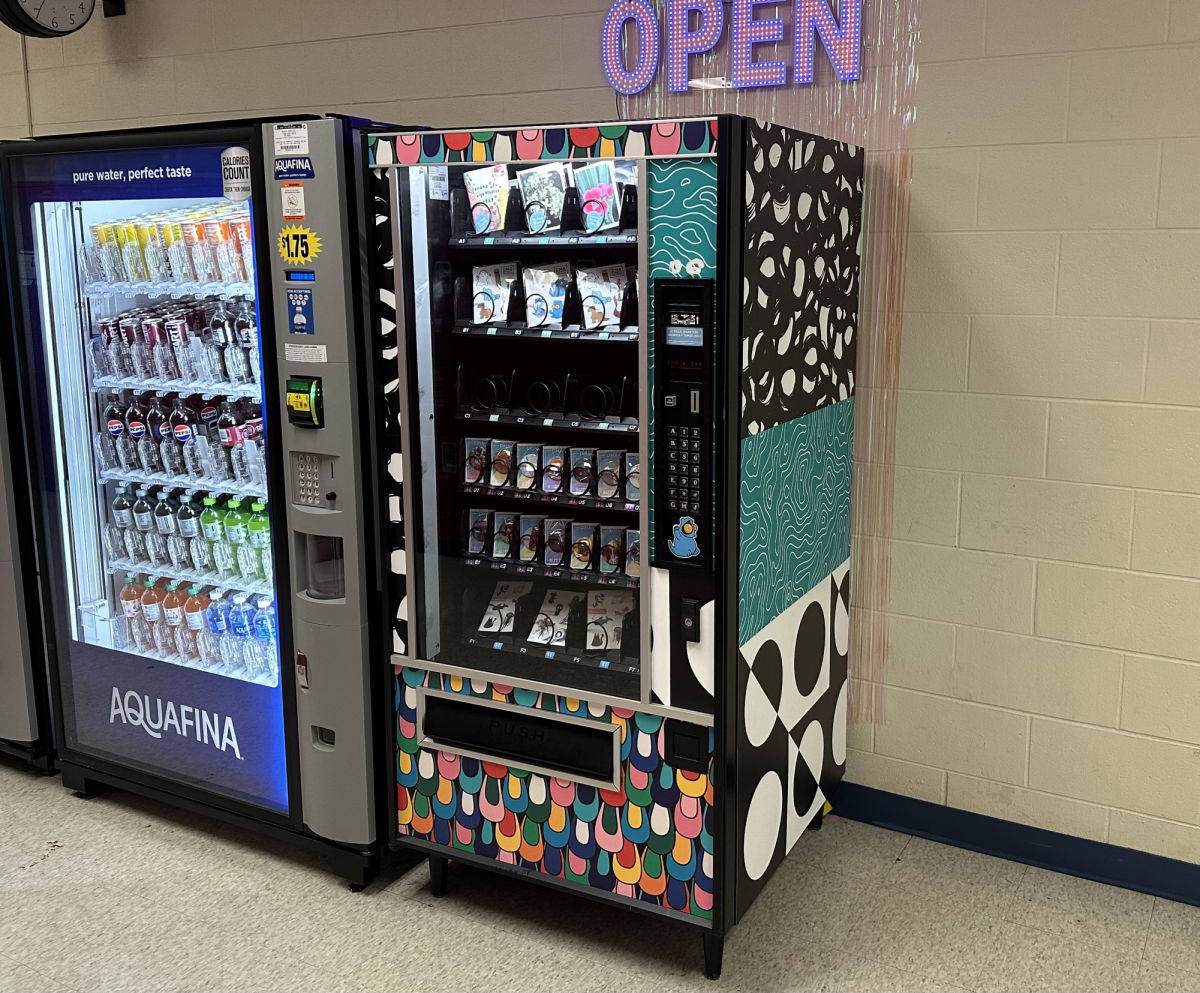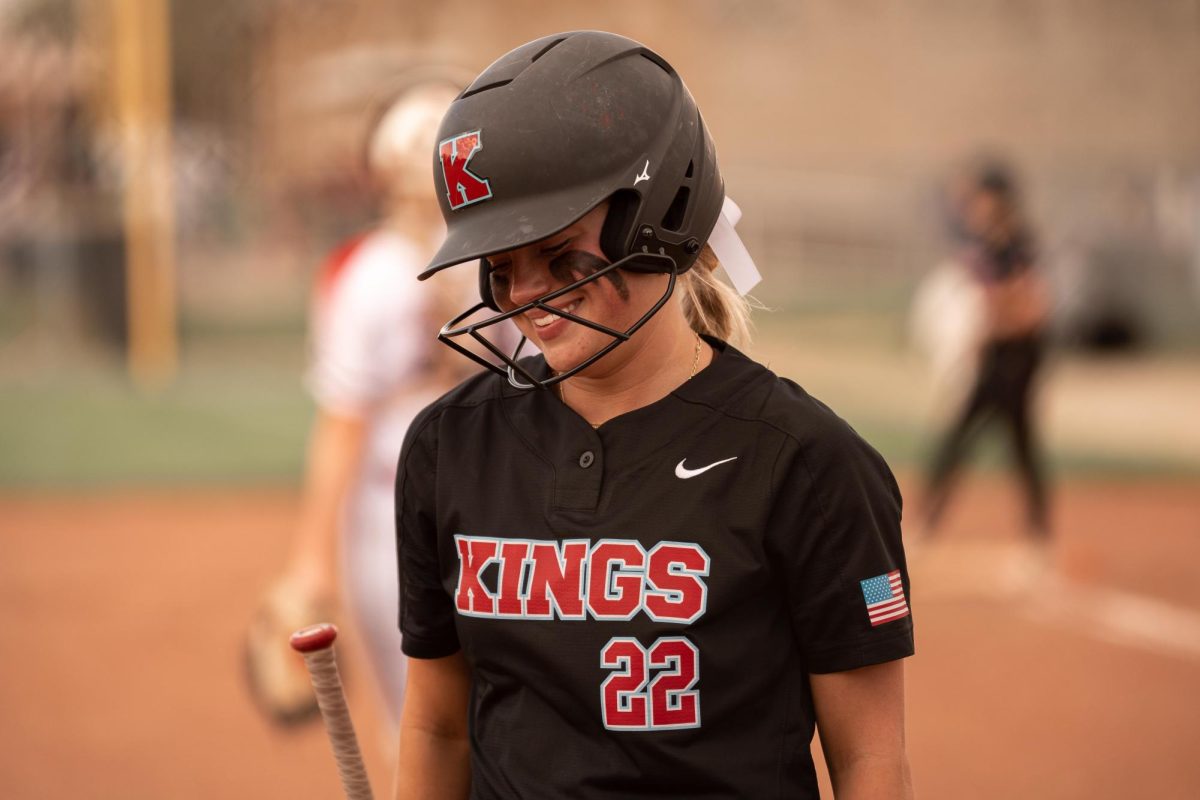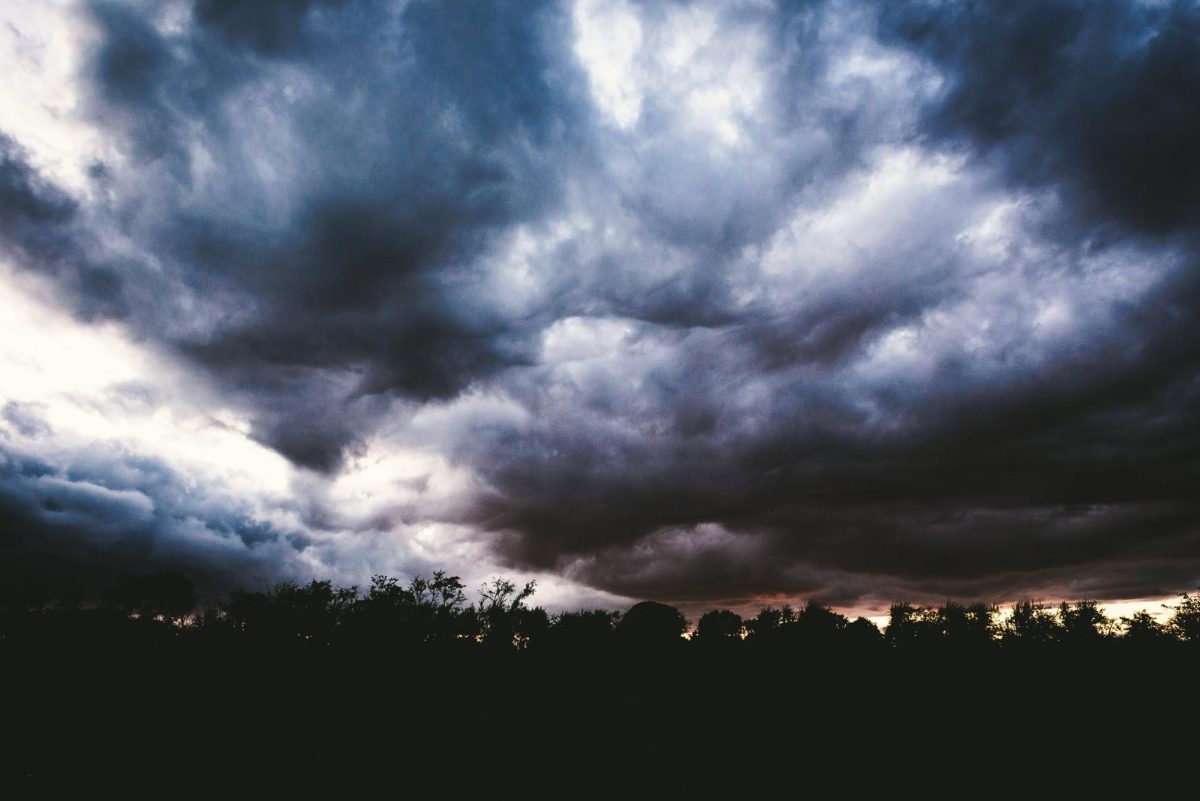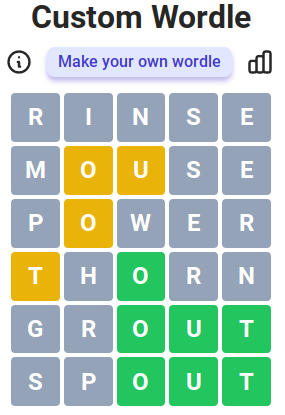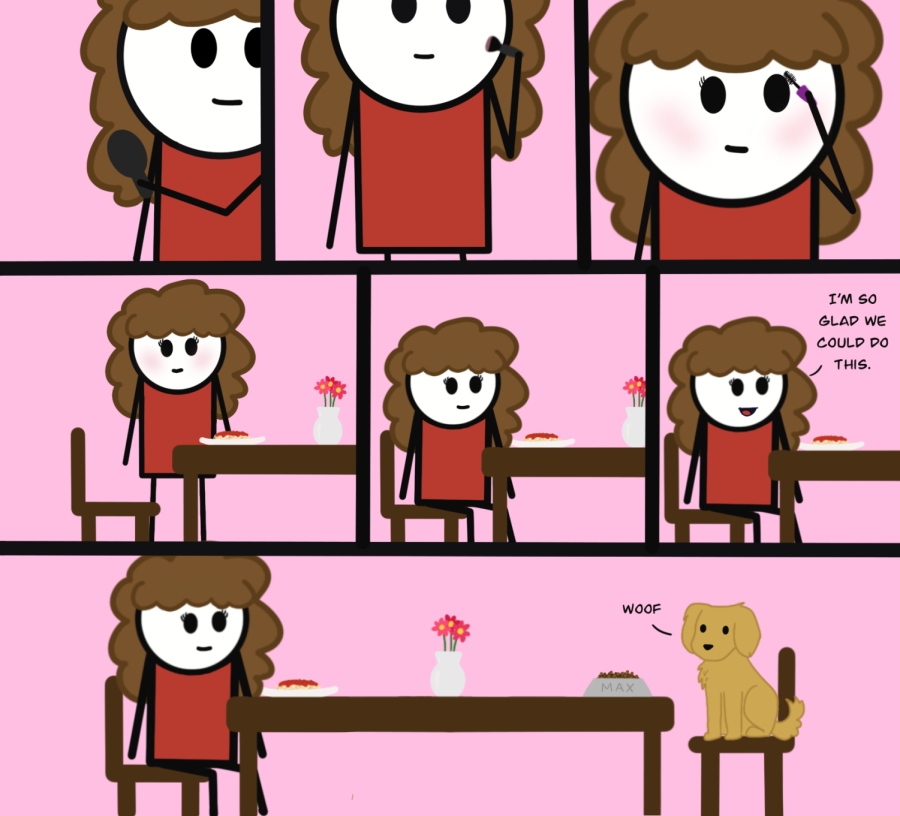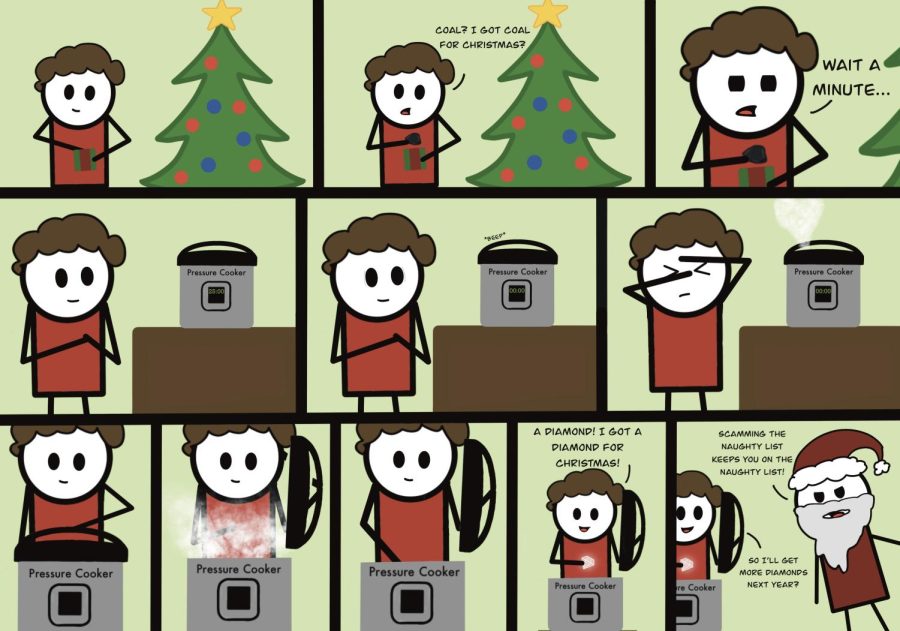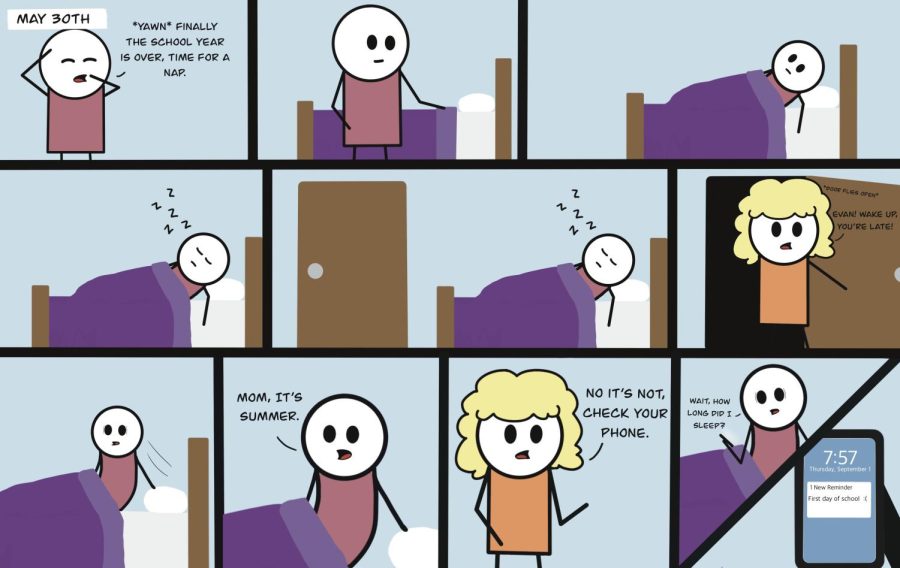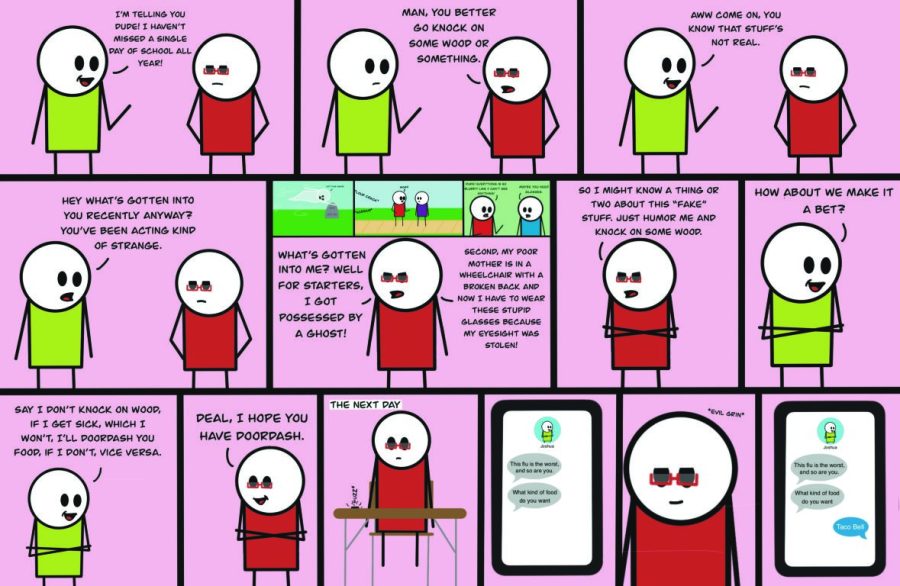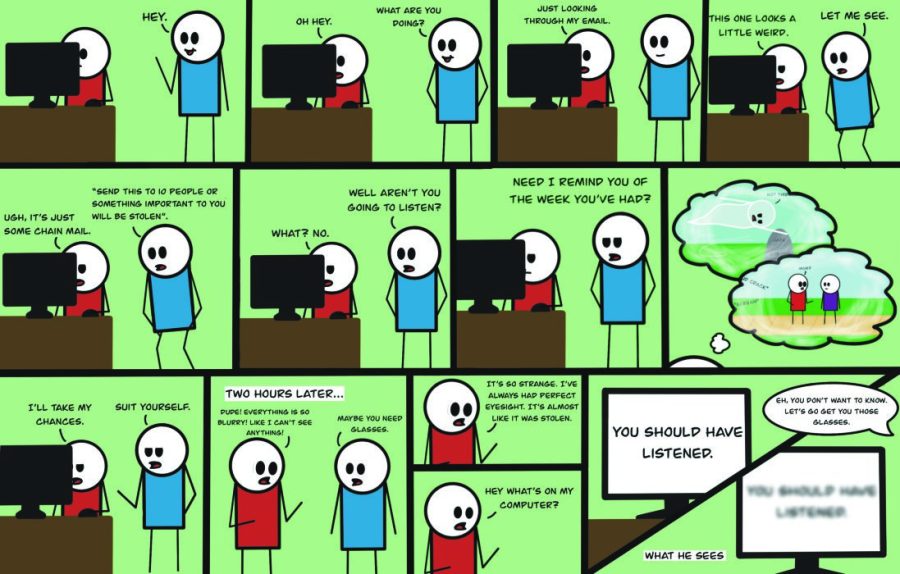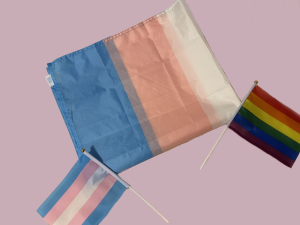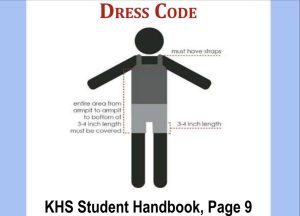Winter Whiteout
February 14, 2018
Bomb cyclone. The term isn’t as threatening as it sounds, but it has caused concern across America. A bomb cyclone is classified as a drastic drop in atmospheric pressure, meaning winds can get up to 74 miles per hour or more, much like those of a hurricane. Along with the freezing temperatures and high winds, snow and ice can accumulate on the roads, making it dangerous for travel. Recently, the snow has had a large effect on the daily lives of people. Centerville, Ohio, sophomore Lauren Edwards usually practices lacrosse outdoors two to three times a week. However, due to the extreme temperatures and 3-5 inches of snow right outside her door, she had to limit her lacrosse practices. “I have experienced [bad] winter weather, however, nothing to this extent that I can remember,” states Edwards.
Not only did the bomb cyclone affect people in the Cincinnati region, it also affected those in states that are not used to having white fluff on their doorsteps. Northern states have gotten used to weather like this, however, it came as an icy shock to the states in the South.

The state of Florida experienced temperatures in the 20s, which was unusual for the Sunshine State, appropriately nicknamed for the amount of sun they recieve and December temperatures averaging in the 60s. In 2017, however, snow blanketed parts of Florida for the first time in years. A tenth of an inch of snow dusted the streets and rooftops in Tallahassee, causing widespread panic. Georgia and South Carolina experienced similar weather. All three states were put into a state of emergency and experienced multiple power outages. There were even some cases of frozen iguanas falling from Floridian trees. Snow fell in parts of Georgia before Christmas for the first time in years. This weather would have been normal to Ohio residents, however, states north of Ohio were facing weather that many Ohioans have never experienced.
Boston, Massachusetts, experienced highs in the 20s, parallel to that of Florida, where 20 was the low. Residents of Boston experienced burst pipes due to the extreme temperatures. The freezing weather was only just the start of their problems though. With high winds and over 13 inches of snow piled up in parts of the city, snow plows were unable to keep up with the snow, causing some roads to be blocked.

Meredith Mahon, a softball coach and assistant fitness director from Ashland, Massachusetts, said that she received around 1 foot of snow. “I canceled my appointments for that day and worked from home.” Mahon found it incredible how quickly New England was able to go back to normal just one day after the storm. “I drove 5 miles down the road to workout the morning of the bomb cyclone and saw 20+ trucks pouring salt and ready to work in that short distance!”
Despite some states going into a widespread panic due to the weather, the US handled the effects of the bomb cyclone very well. “Having grown up in a suburb near Cincinnati, OH, it always amazes me how different parts of the country handle snow,” says Mahon. Many northern states hadn’t seen grass in weeks and some southern states were still learning to adapt. Snow covered the ground, making a winter wonderland for some and a nightmare for others. In all, this weather was unique and something to be appreciated, even if you couldn’t feel your fingers or toes.





